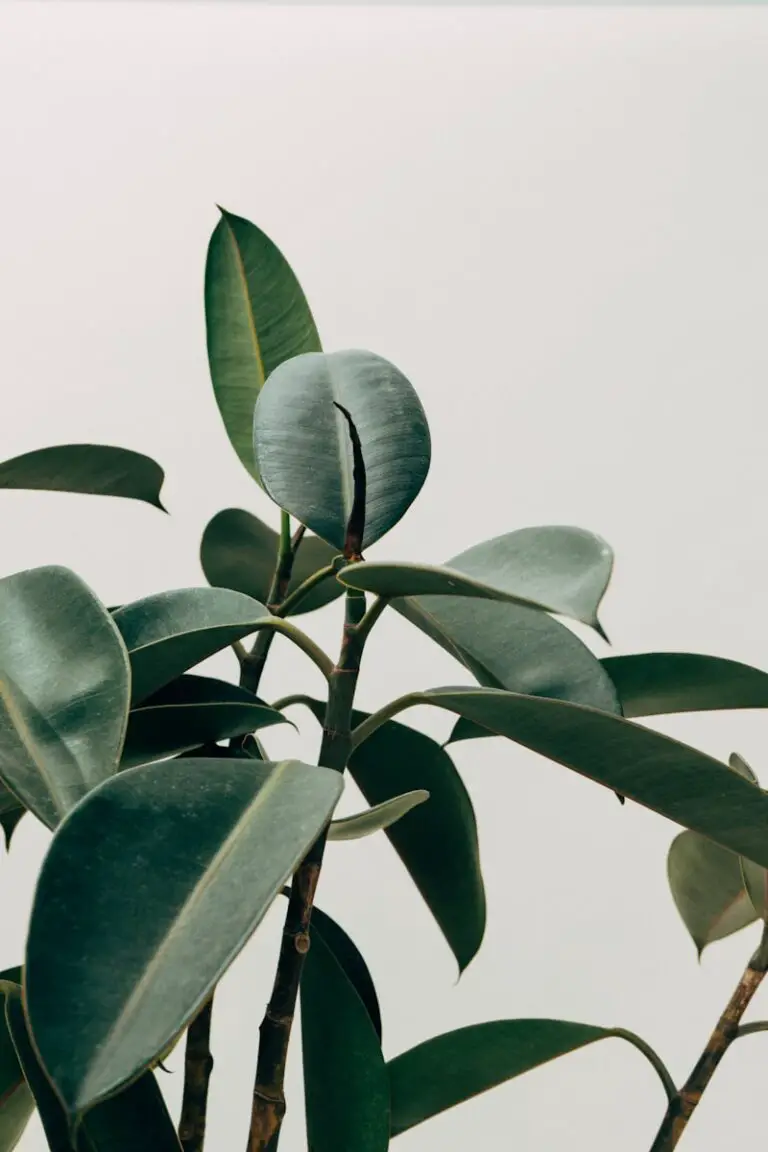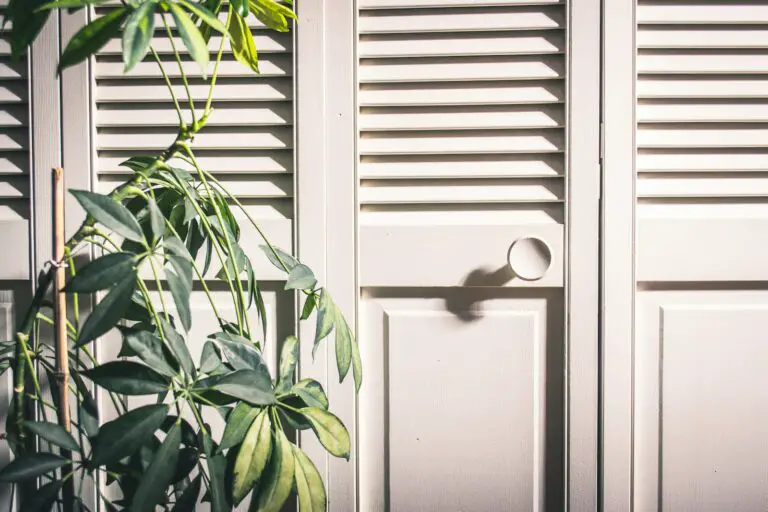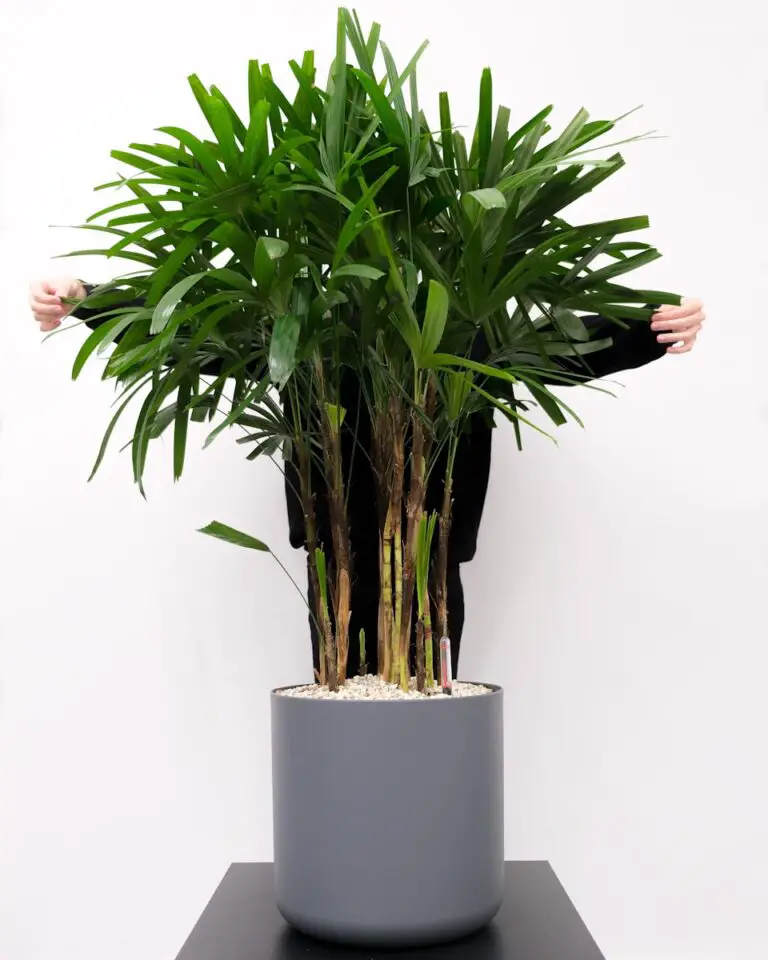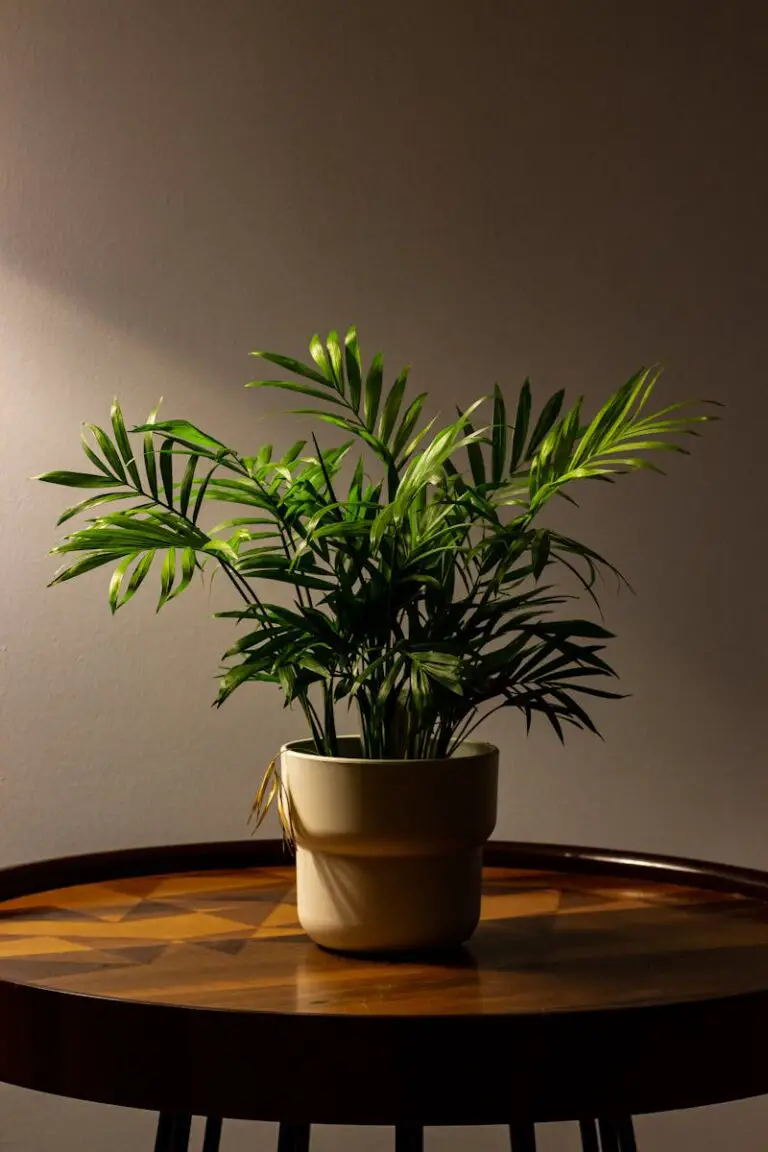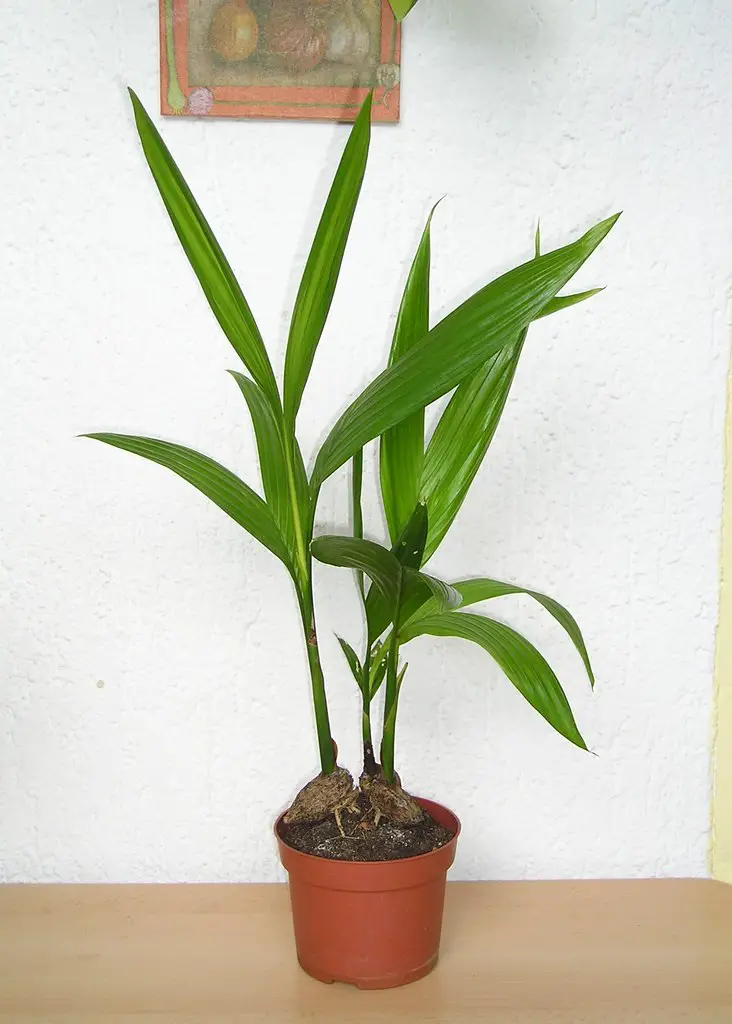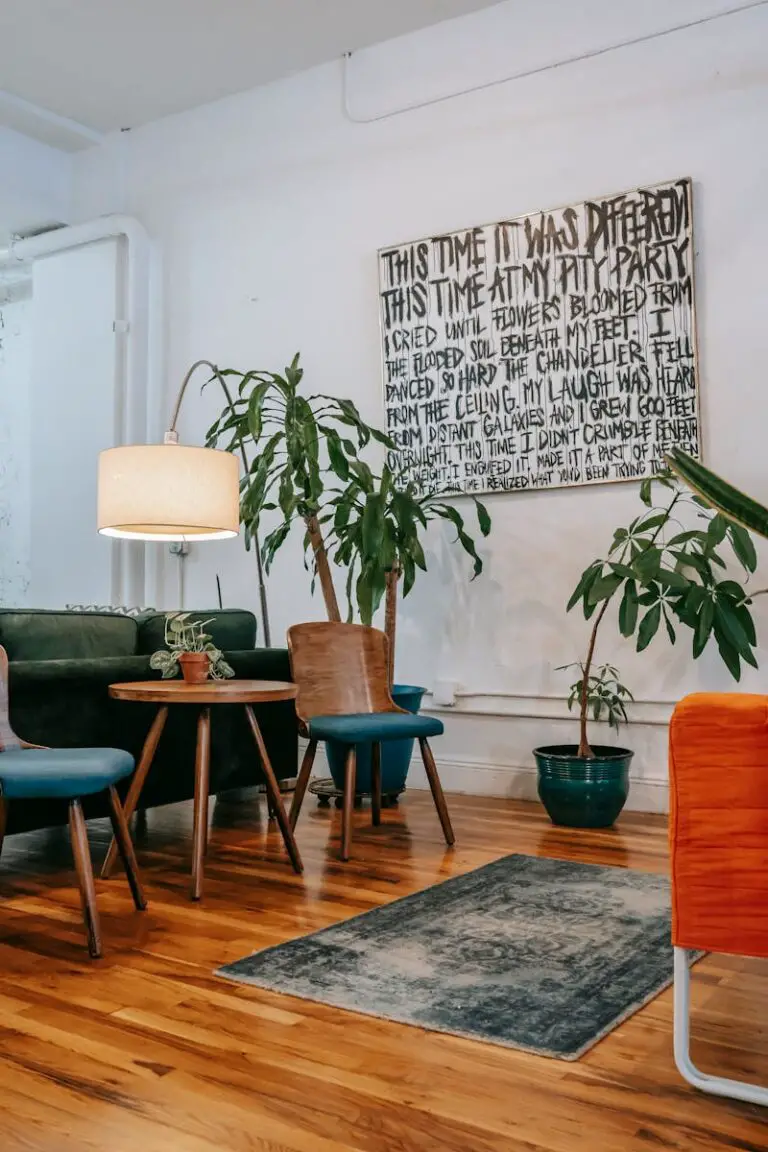Indoor Bamboo Palm: Finding the Ideal Location
Elevating your indoor space with the green cheer of a bamboo palm is a rewarding endeavor for any home gardener. Renowned for being relatively low-maintenance, these graceful palms add an exotic touch to your home decor while naturally purifying the air. However, to ensure your indoor bamboo palm thrives, you must find the prime locale within your living quarters. With careful consideration to light, humidity, and other environmental factors, this guide is designed for you to pinpoint the perfect spot for your indoor bamboo palm.
The Right Spot in Your Home for an Indoor Bamboo Palm
Finding the ideal spot for your indoor bamboo palm is crucial. This tropical plant hails from Central and South America and thrives in conditions that mimic its native habitat. The right location ensures your plant prospers, so take the time to assess your home’s layout. Some key factors to keep in mind include providing gentle, indirect light, maintaining a warm, humid environment, and not overwatering. Here is how you can create this mini paradise for your bamboo palm in every corner of your home.
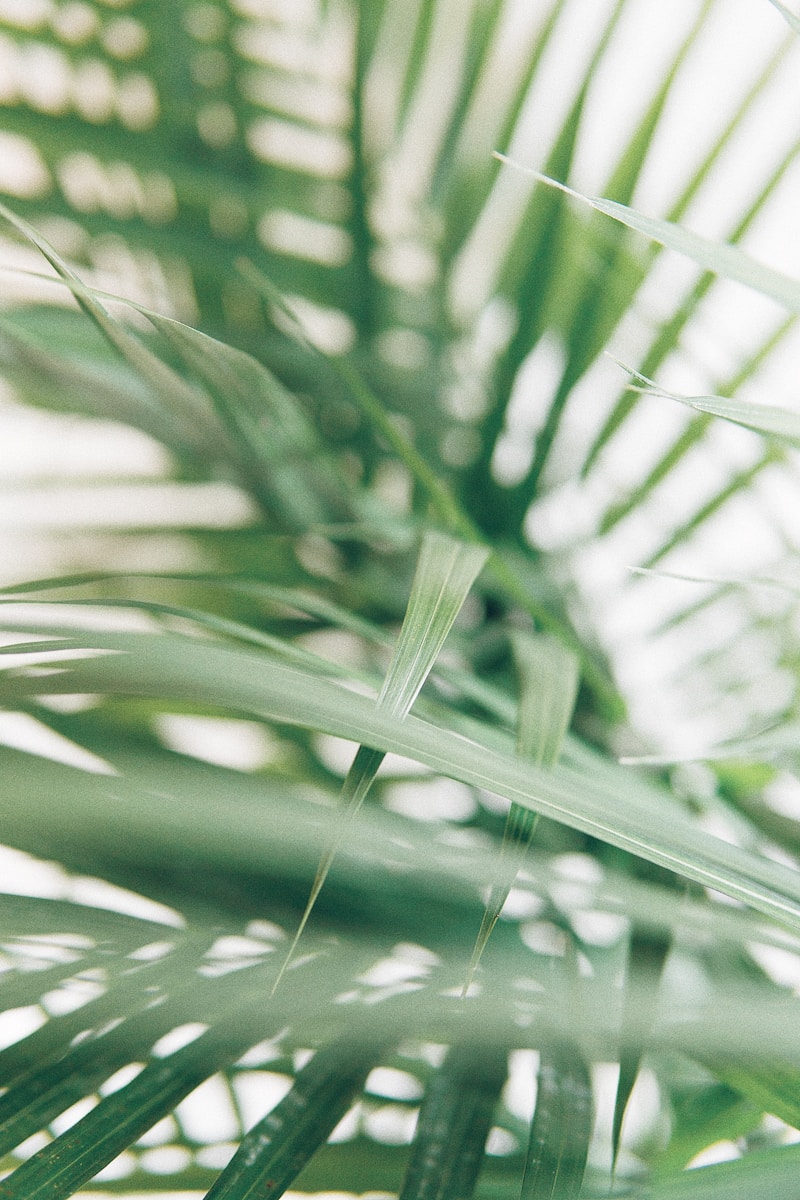
Light and the Bamboo Palm’s Sunshine Cravings
Indoor bamboo palms are not sun-worshippers but thrive in indirect sunlight. Place your palm in a bright spot, but avoid direct sun rays that could scorch its delicate leaves. If your plant is not getting enough light, you may notice its growth slowing, or its leaves may turn yellow and fall. A good rule of thumb is ensuring there’s enough light to comfortably read without artificial aid in the area where your plant is situated.
Temperature and Humidity: The Balmy Bubble
Bamboo palms cherish warm temperatures and high humidity, making bathrooms and kitchens with higher ambient moisture ideal locations. If this isn’t possible, consider investing in a humidifier or grouping plants together to create a microclimate. Be mindful of drafts and cold air, as drastic temperature variations can shock the plant.
Watering Wisely to Quench Their Thirst
Overwatering is a common pitfall with indoor bamboo palms. They prefer well-draining soil that should be allowed to dry out between waterings. Stick your finger into the soil about an inch deep – if it’s dry, it’s time to water. The frequency of watering can vary, but it’s generally about once a week or when the top two inches of soil feel dry.
Dealing with Soil and Pot Size
Bamboo palms do not respond well to being root-bound, so it’s important to re-pot them as needed, typically every two to three years. Larger pots provide a more stable environment for the plant to grow and moisture to be retained, which is especially important in drier climates. Use a moderately nutrient-rich soil blend, such as a mix of regular potting soil with some coarse sand to enhance drainage.
Space by Space: Maximizing the Benefits of a Bamboo Palm
Different rooms have various lighting, environmental, and functional demands, making one-size-fits-all plant placement impractical. Assessing the role of each room can help you maximize the impact of your indoor bamboo palm.
Living Room Liveliness
The living room is often the heart of the home, a place to relax and entertain. A well-placed bamboo palm adds a serene, tropical atmosphere without the need to travel. Bright, filtered light from a nearby window offers the perfect growing conditions without the risk of direct sun damage.
Bedroom Bliss
In a bedroom, your bamboo palm can contribute to a restful ambiance typically in a slightly shadier corner. Its air-purifying qualities and calming presence make it a popular choice for creating a tranquil retreat. Grouping it with other plants can boost humidity levels, making it particularly beneficial for those with respiratory issues.
Kitchen Sunseeking
Kitchens can be tricky with fluctuating temperatures and light levels. Find a spot with enough light without risking a cold blast from an open window. Palms, like the bamboo variety, can thrive in the slightly higher temperatures found in the culinary centerpiece of your home. Plus, they help absorb cooking odors and purify the air.
Productivity and the Bamboo Palm in Your Home Office
For those who seek productivity and focus, the home office is where your indoor bamboo palm can boost efficiency. Select a region with ample, bright, indirect sunlight to energize both yourself and your plant. The presence of living greenery can also reduce stress and mental fatigue, helping you stay on track.
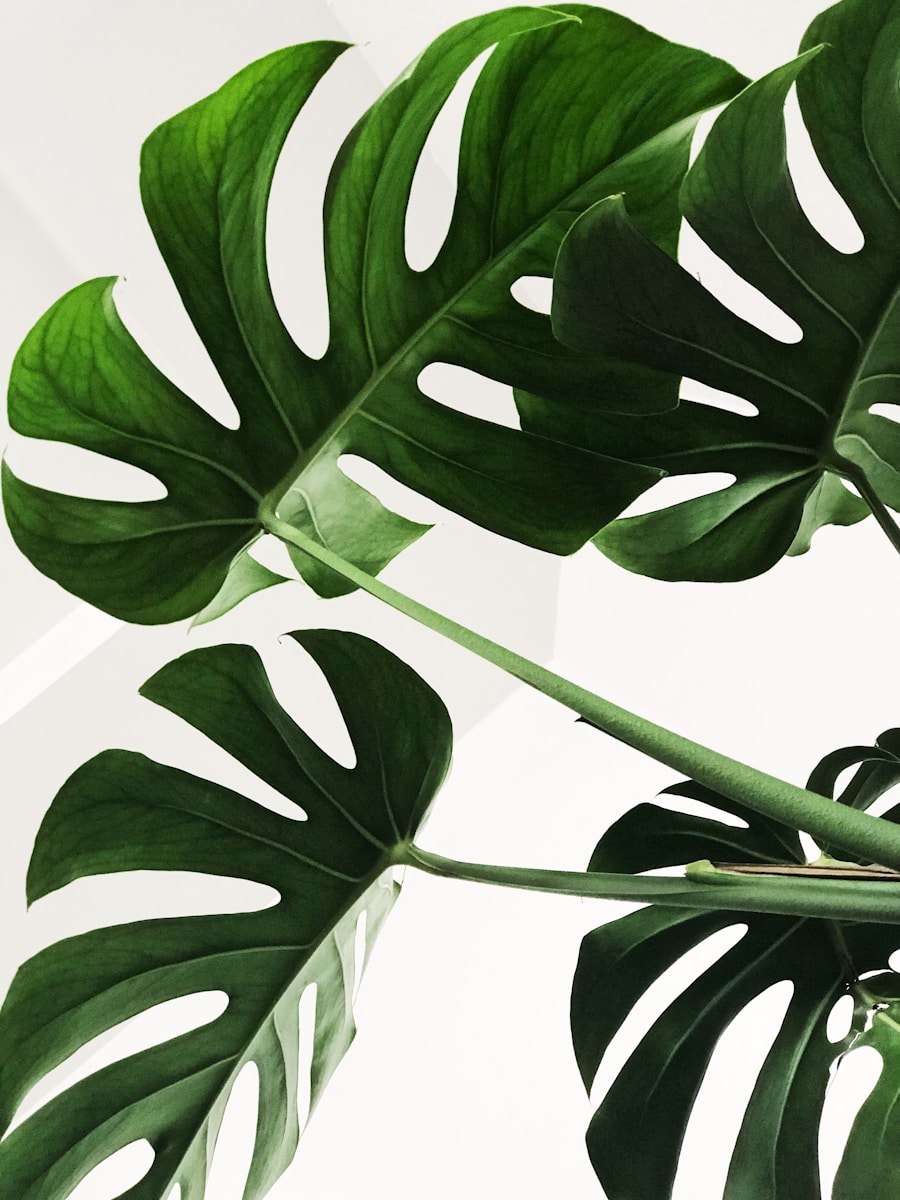
Troubleshooting Common Indoor Bamboo Palm Issues
Even with the best intentions, issues can arise when caring for indoor plants. Recognizing and addressing these problems promptly can prevent them from escalating.
Yellowing Leaves: A Sign of Distress
Yellowing leaves can indicate overwatering, not enough light, or a response to an environmental change. Consider the plant’s recent history and adjust care accordingly. If the leaves are mostly lower down, it might just be natural shedding. However, if it’s more widespread, investigate further to address the root cause.
Browning Tips and Edges
Dry or browning leaf tips can be a result of low humidity, over-fertilization, or a reaction to chemicals in tap water or soil. Monitor the plant’s watering schedule and consider misting the leaves to increase moisture levels. Using distilled water can be a simple fix to avoid salts or chemicals causing leaf burn.
Warding off Unwelcome Guests
Houseplants are susceptible to pests like spider mites or scale, especially if conditions aren’t optimal. Regularly inspect your bamboo palm for pests, looking for webbing on undersides of leaves or small insects. Treat infestations promptly to avoid them spreading to other plants and keep your bamboo palm vibrant and healthy.
Conclusion: Thriving with an Indoor Bamboo Palm
Choosing the right spot for your indoor bamboo palm is the first step in building a long and happy relationship with this tropical houseplant. By ensuring it has the proper light, temperature, and humidity levels, it can grow into the lush and vibrant addition that enhances your home’s aesthetic and environmental qualities. Keep an eye on it, making small adjustments along the way, and you’ll marvel at its transformation from a store shelf find to a thriving member of your household. Your indoor bamboo palm isn’t just a pretty face; it’s an air-purifying powerhouse ready to make your home a healthier, happier space.

